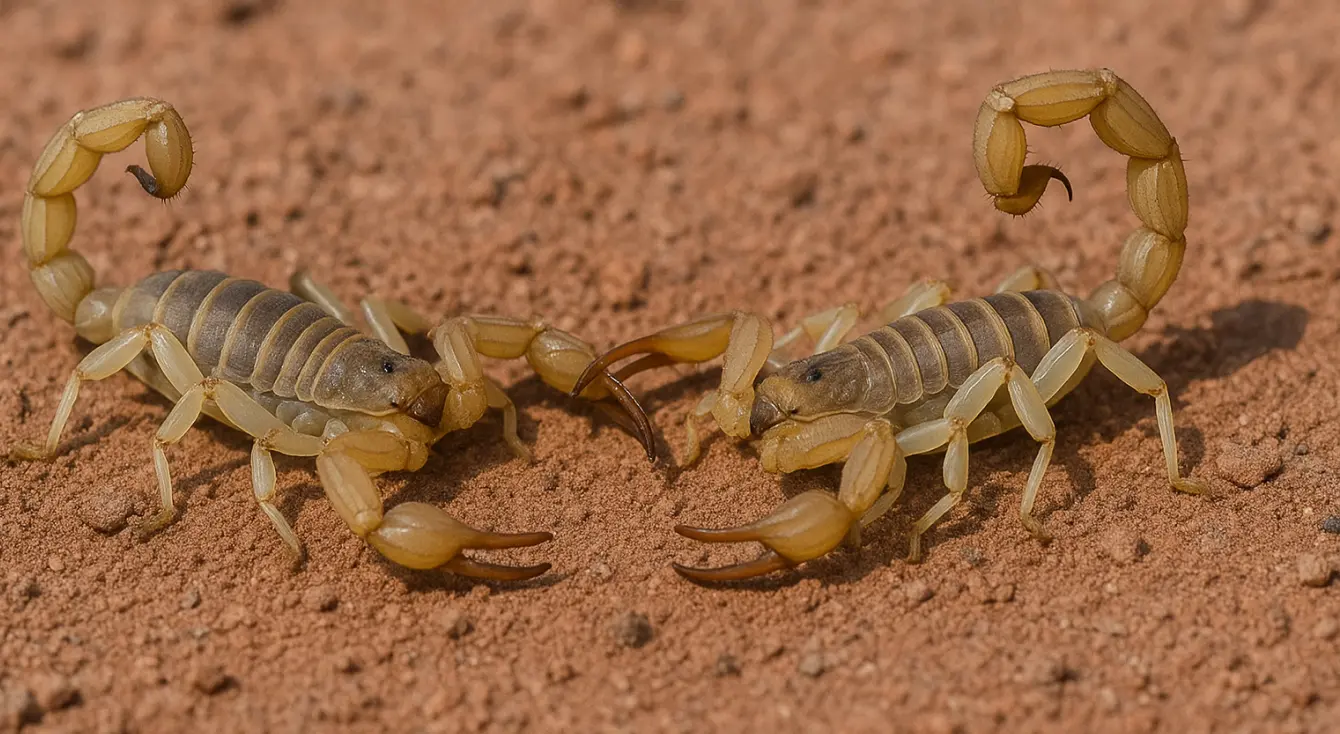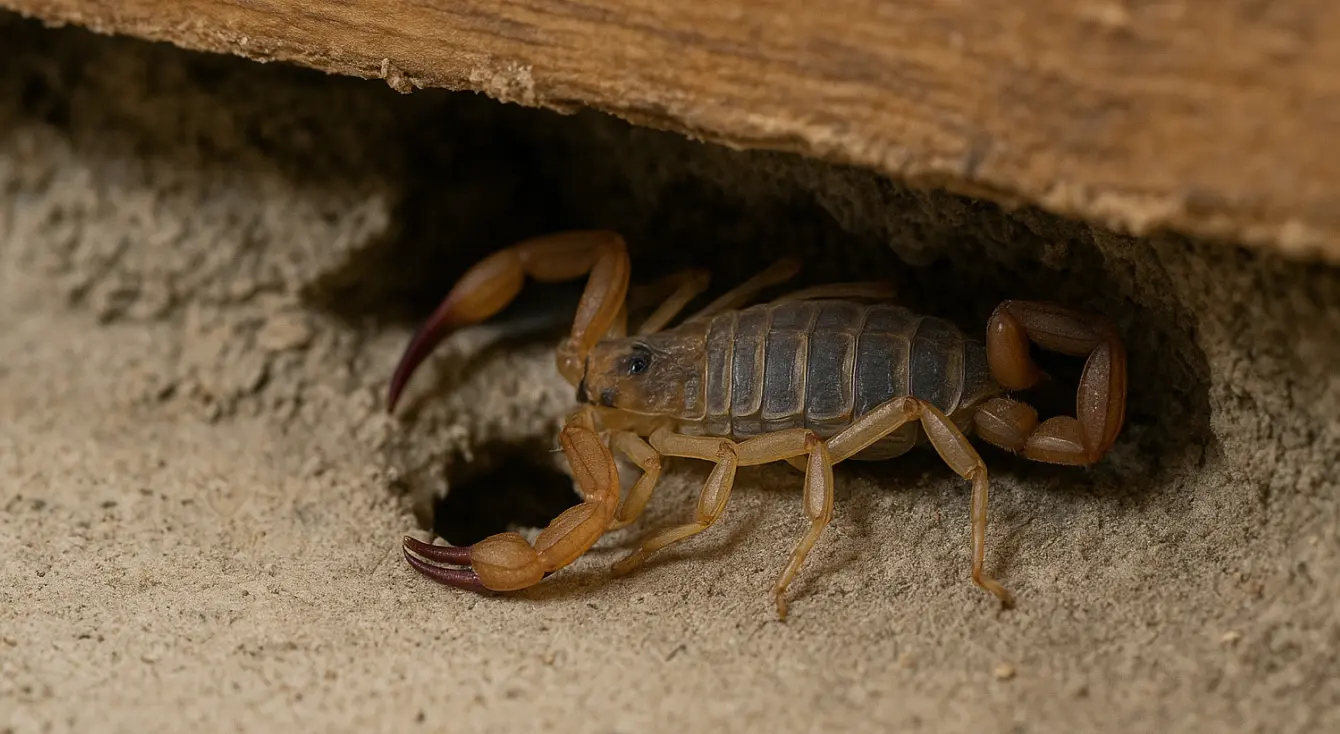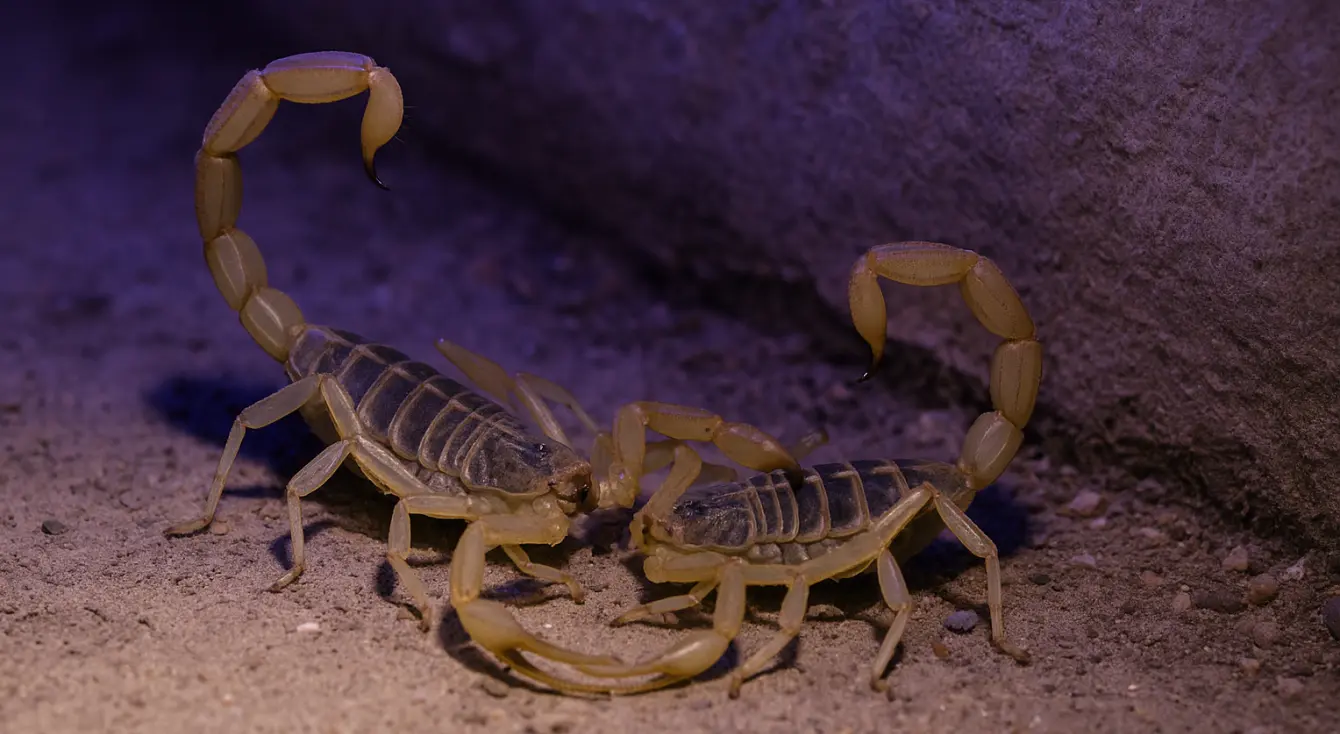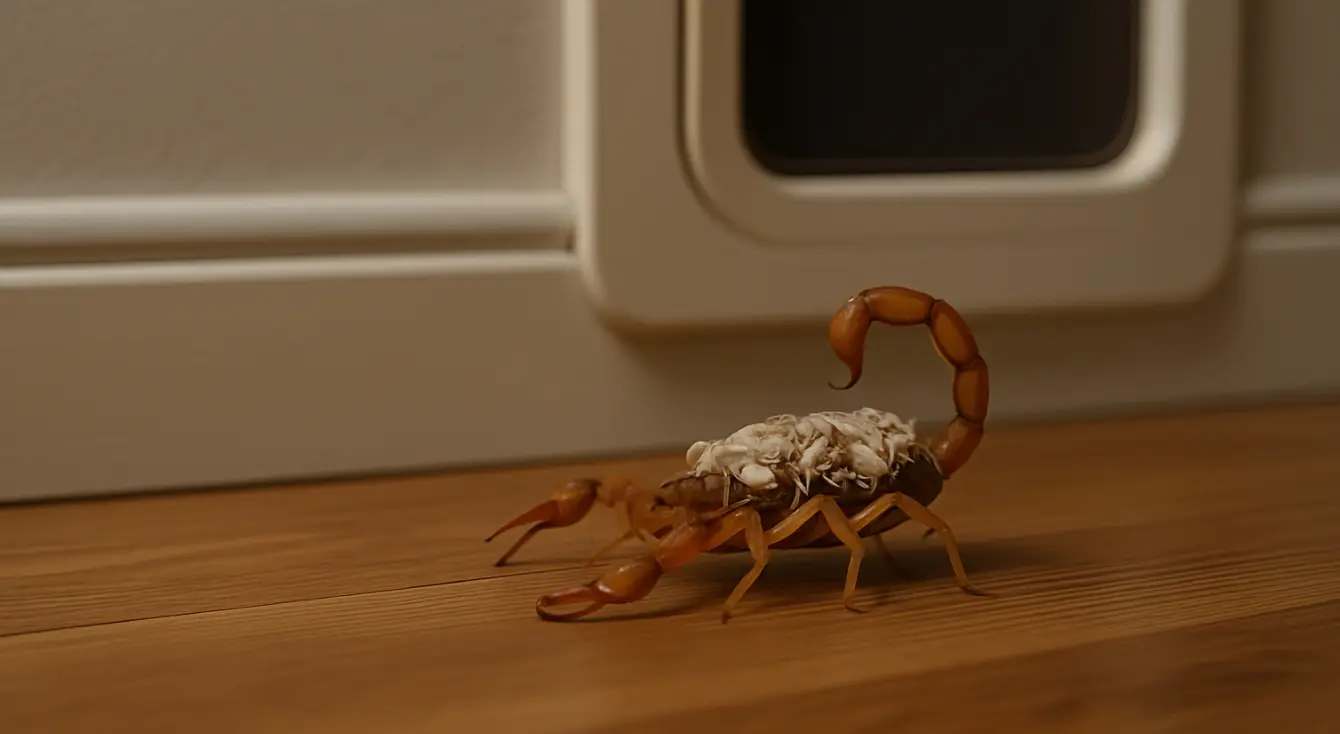It’s a common question—if you find one scorpion, does that mean there are more nearby? The answer depends on their social behavior, which is surprisingly nuanced for these armored arachnids.
Solitary by Nature
For the most part, scorpions are solitary creatures. They hunt alone, live alone, and avoid unnecessary contact with others of their kind. Most adult scorpions will only come together to mate, and afterward, they go right back to their own hiding spots.
That said, you’ll sometimes find them in the same general area—especially if conditions are ideal: dark, humid, and full of hiding places. In desert cities like Phoenix or El Paso, garages and bathrooms often check all those boxes.
When They Do Gather
There are exceptions. Young scorpions will ride on their mother’s back for the first few weeks of life. And some species, like the Arizona bark scorpion, have been observed forming loose aggregations, especially in cooler months. These gatherings aren’t exactly social—they’re more about shared shelter and warmth than companionship.
Why This Matters for Homeowners
If you see one scorpion in your home, there’s a decent chance others are nearby. Not because they travel in packs, but because they’re all looking for the same things: warmth, water, and darkness.
That’s why it’s smart to place Scorpion Detectors in multiple areas, especially if you’ve had more than one sighting. Our UV-based detection system doesn't rely on them staying put—it catches them as they move, even if they’re just passing through.
How to Discourage Scorpion Aggregation
- Reduce clutter, especially in garages and closets
- Fix leaks and dehumidify damp areas
- Check for cracks in baseboards and walls where they might be slipping in
Scorpions aren’t social like ants or bees—but they’re not always loners, either. Knowing how they behave can help you stay a step ahead. If they’re using your home as a meetup spot, it’s time to intervene.






